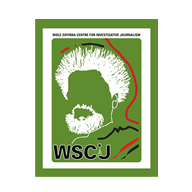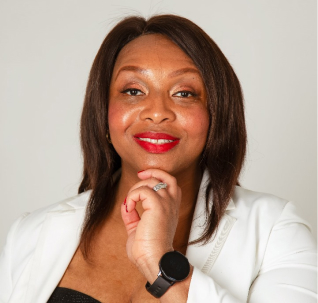About the Study
The first report Review of the News coverage of Violence Against Women and Girls (VAWG) examined the frequency, framing, and extent of VAWG reporting by analysing online news stories in major papers from January to June 2022. Despite some coverage, under-reporting of certain issues persisted along with insensitive language use. In this second report, Review of the Media Policy Guidelines, we examine the regulatory framework for media coverage on violence against women and girls in Nigeria. This study pinpoints strategies for improving local and national policies for media outlets that cover reports on
violence against women and girls. The study is navigated through the following questions.
Research Questions
- What policies or guidelines do media organisations adhere to when covering violence against women and girls, and are they suitable?
- How do media practitioners in Nigeria communicate the issue of violence against women and girls?
- In what ways can the current policies be improved?
This report reviews a range of scholarship and industry reports. Using surveys and secondary data, this study examines media coverage of violence against women and girls. Additionally, it gives a brief overview of the crucial regulatory matters encompassing media organisations. This report provides key recommendations for decision-making bodies.
Introduction
Globally, violence against women and girls (VAWG) remains the most widespread human rights violation, affecting one-third of all women (an estimated 736 million) during their lives (WHO 2021). Article 2 of the UN Declaration (1993) defines violence against women as encompassing different manifestations, like domestic violence, rape, sexual harassment, female genital mutilation (FGM) and more. These acts involve physical, sexual, or psychological harm targeting women and girls specifically because of their gender.
A distinct form under the violence against women and girls’ umbrella is female genital mutilation, which over 200 million women and girls aged 15-49 have undergone the practice, especially in 31 African/Middle Eastern countries (UNDESA, 2020). Though sometimes mislabelled as gender-based violence, female genital mutilation only targets females. Other prevalent violence against women and girls acts include intimate partner violence, online harassment, forced marriage, and commercial sexual exploitation through trafficking.
This far-reaching crisis highlights the need to combat all manifestations of violence against women and girls through comprehensive prevention and response efforts. Several countries have taken action to stop violence against women and girls; as an illustration, at least 158 countries have passed laws on domestic violence, and 141 countries have laws on sexual harassment in employment (UNWomen, 2023). Women who experience violence seek assistance in less than 40% of cases, as per UNDESA 2015.
In Nigeria, the Federal Ministry of Women Affairs’ National Gender-Based Violence dashboard documented 23,499 cases of violence against women and girls in since 2020, and only 297 perpetrators were convicted, which is a worrisome trend.
Data from the Nigerian Demographic and Health Survey (NDHS) 20183 shows that nearly one-third (31%) of women aged 15-49 have been victims of physical violence. The Sexual Assault Referral Centres (SARCs) 2021 report4 highlights that females (88%) and young people under 18 years old (80%) are primarily affected by sexual offences. In addition, children aged 0-14 account for 60% of rape victims in Nigeria.
The fact remains that violence against women and girls still obstructs poverty reduction, violates their human rights, and can harm long-term peace and stability, which was acknowledged by the UN Secretary-General in 2006. There are policies by the Nigerian Government to fight against sexual abuse, violence, and exploitation of women and girls. The policies include The Child Rights Act and the Violence Against Persons Prohibition Act. Unfortunately, not all Nigerian states have endorsed both acts (Commonwealth Foundation 2020).
Articles published by the media and a strong civic stance can counteract violence which in fact makes them change agents. As argued by Fawole and Asekun-Olarimoye (2005), the media’s function has broadened to reflect society and promote social awareness and impact. The media has the power to promote a shift in public opinion and behaviour by prioritising the fight against violence against women and girls.
Media professionals, such as journalists, who do not have policy guidelines, sensitivity, and appropriate training may unknowingly contribute to perpetuating violence against women and girls. According to recent reports (UNICEF and UNWomen, 2022), discriminatory gender norms and stereotypes are perpetuated by news media reporting, which in turn contributes to the normalisation of gender-based violence. The media’s stereotyping and objectification of women and security agencies’ abuse, shaming and victimisation can perpetuate this issue. Media narratives that normalise gender discrimination or elicit public sympathy for perpetrators serve to condone violence against women and girls. As a result, some
media reporting propagates harmful misconceptions that blame victims for the violence perpetrated against them (Ajibola 2022).
Conclusion
In conclusion, our analysis of Nigeria’s industry regulations and survey responses indicates a lack of attention to violence against women and girls. Some coverage of violence against women and girls, the Gender-Based Violence dashboard and Reporting Guidelines for Mainstreaming Violence Against Women are essential steps. Still, more needs to be done in improving media presentation and coverage of violence against women’s and girls’ stories. This report suggests that regulatory frameworks for press, online, and broadcast media fall short in addressing media reporting of violence against women and
girls.
Specific guidance on reporting is necessary to enhance the response to the crucial problem of violence against women and girls. This lack of guidance has resulted in several media organisations in Nigeria not having a programme solely dedicated to covering issues related to violence against women and girls and not giving fixed time slots to women’s programmes. This is part of a wider issue regarding the considerable amount of work required to address the disparities between men and women in job role distribution and women in media and leadership positions. This information was revealed in a 2020 report called The Barriers faced by women journalists in Sub-Saharan Africa, published by African Women in Media and FOJO Media Institute.
Recommendations
Media organisations should increase coverage of all forms of violence against women and girls, not just high-profile cases. More visibility is needed for under-reported issues, such as child marriage, human trafficking, and digital violence. With more comprehensive, ethical, and solutions-focused coverage, the news media can positively shape public discourse around ending all forms of violence against women and girls in Nigeria.
- Adopt established media guidelines on ethical reporting of violence against women and girls like Zero Tolerance, IFJ guidelines, and CJID handbook at both national and organisational levels
- Develop clear processes for policy implementation and compliance monitoring across Nigerian media.
- Promote transparency and diversity in decision-making roles to enable impactful participation of women.
- Consciously challenge limiting generalisations and biases hampering women’s advancement in media.
- Foster responsible, sensitive reporting on VAWG that warns about signs of violence and provides help resources.
- Allocate more time and space to spotlighting diverse issues related to violence against women and girls.
The final installation of the violence against women and girls report “The Way Forward” profiles the comprehensive initiatives undertaken, and crystallising expert-backed solutions spotlighted throughout previous research. “The Way Forward” synthesises findings into concrete, actionable recommendations. This final instalment centres lived expertise while charting an ambitious, collaborative path, placing stories of women and girls at the heart of just, compassionate journalism standards.






